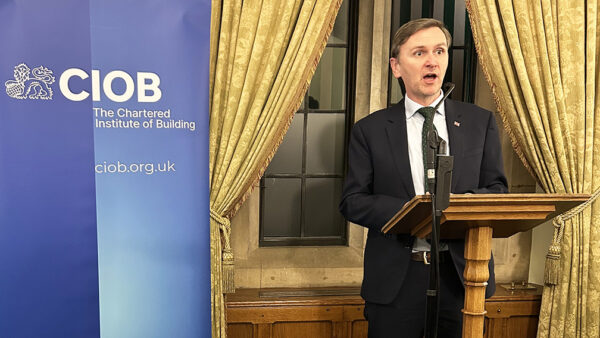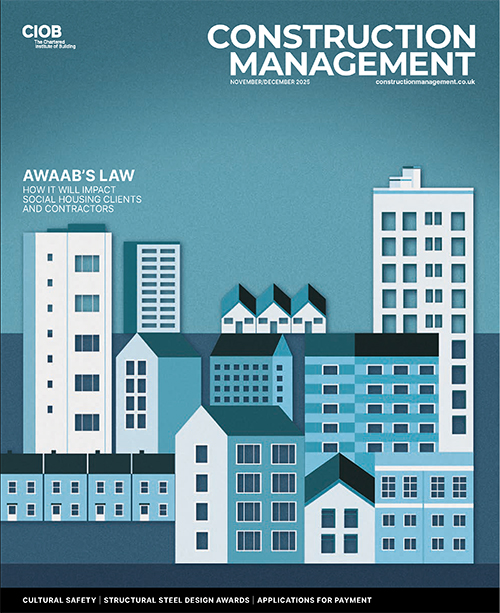There’s been a clamour for a single voice to represent the construction industry for as long as any one can remember, writes Denise Chevin. Government has continually complained that having to deal with the cacophony of noise created by so many competing lobbying groups has made it impossible to decipher any clear message. The industry has lost Whitehall’s ear as a result.
Hopes had been rekindled in recent weeks that the industry might at last be standing shoulder to shoulder, large contractor next to small regional builder; quantity surveyor with specialist contractor; architect with civil engineering contractor. Outgoing chief construction adviser Paul Morrell has been working behind the scenes to forge the rebirth of the Strategic Forum into a powerful unified industry mouthpiece. That’s the same Strategic Forum, by the way, set up in aftermath of the Egan review to provide a unified voice to government – but which has turned out to be a bit of a mumbler.
However, these latest one-voice plans have been scuppered by the big contractors which have decided that their lobbying efforts to government should remain channelled through the CBI Construction Council.
The CBI and the UKCG are arguing that their four-year-old arrangement has worked very well – that government has been listening and if they’ve been successful it doesn’t matter who does the lobbying. The government’s agreement to publish a planned pipeline of work might be one victory they can point to. And to be fair, the recession has, unusually, aligned all the various disparate groups. The same thing has been on every one’s hit list – the pressing need to put a halt to the industry’s plummeting workload. So which is more effective, one big voice letting out an almighty bellow or a chorus singing from the same hymn sheet, is all a bit of a moot point.
That said, several different campaigns are being run to push the plight of the sector under the noses of ministers. One campaign might, arguably, be better and less confusing, but the reality is the constant flow of negatives from the ONS also speaks volumes. The headlines the coalition needs will continue to elude it until construction begins to head northwards. Just this week it put its hands in its pockets and pulled out another £225m to boost house building.
So, for the moment it doesn’t feel like the government isn’t getting the message, it’s just woefully at sea about the best way to proceed without having to restart a spending spree which we can’t afford and wondering how to repair self-inflicted damage. This has been caused by allowing ministers around the cabinet table to peddle their own pet priorities and with it, perhaps, unleashing unintended consequences of stalling spending – like localism for example.
A number of senior industry folk have understandably expressed their disappointment that the industry can’t come together more formally. But no one should be surprised. When it comes down to it, there are just too many vested interests between too many personnel, trade bodies and professions; too much mutual distrust and too many differing priorities for these to be set to one side in the wider interest of lobbying a little more coherently. Let’s be realistic, if the industry can’t join up now in one of its toughest times, one has to ask: will it ever? Let’s just move on shall we?










